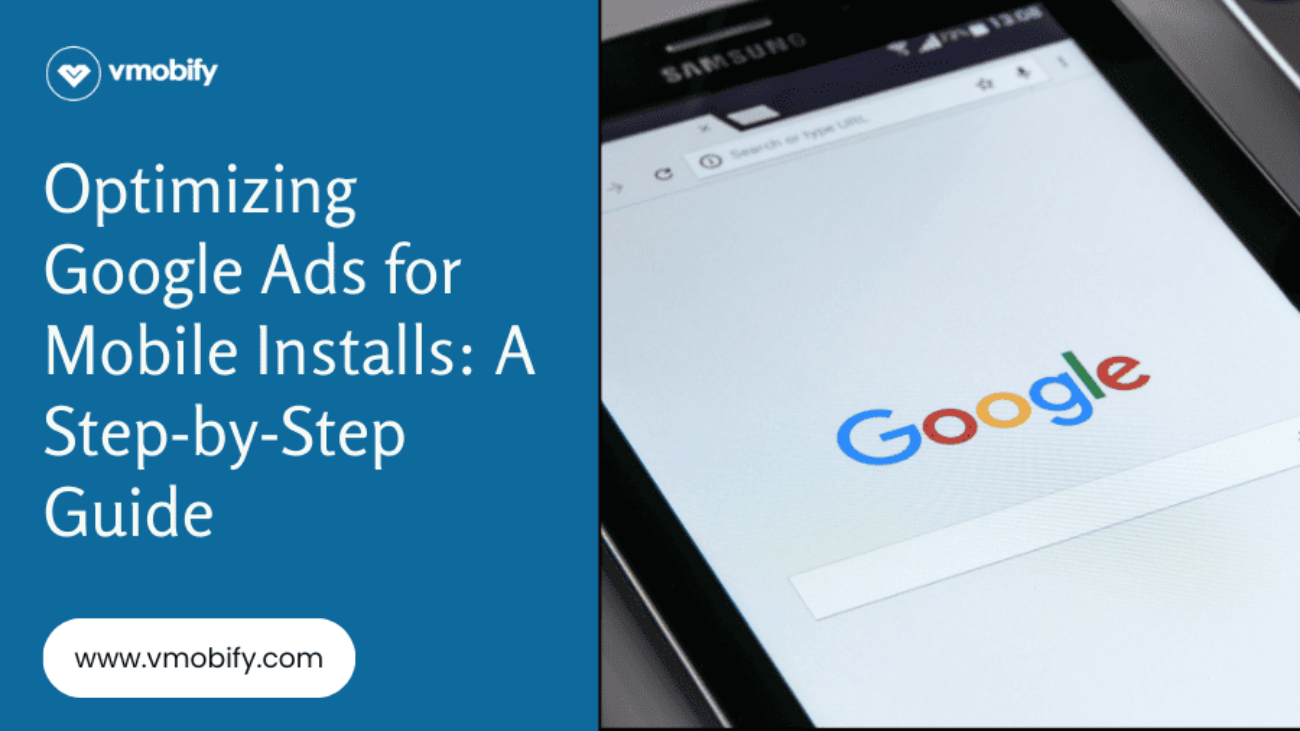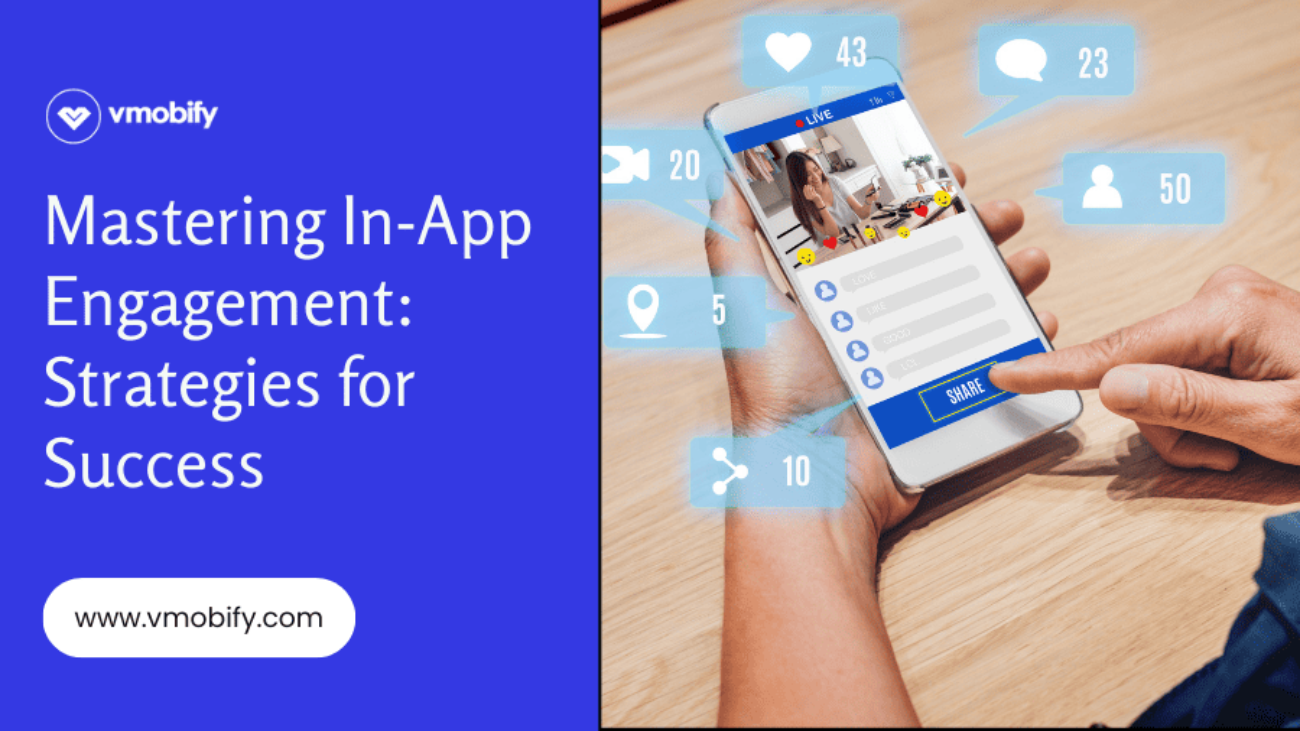In the world of digital advertising, Google Ads stands out as a powerful platform for driving mobile app installs. Mobile app installs are a key metric for app growth, and a well-optimized Google Ads campaign can make all the difference. In this blog post, we’ll take you through a step-by-step guide on how to optimize your Google Ads campaigns to maximize mobile app installs. We’ll also explore the significance of app installs, app marketing, mobile marketing, paid ads, and the key tactics involved.
Understanding the Significance of Mobile App Installs
Mobile app installs are the lifeblood of your mobile app’s growth. They represent the number of users who have downloaded and installed your app on their devices. For app marketers, developers, and businesses, this metric is crucial for several reasons:
- User Base: App installs build your user base. The more users you have, the more opportunities you have to engage, convert, and monetize.
- Visibility: Higher app installs can lead to increased visibility in app stores, making your app more discoverable to potential users.
- Monetization: A larger user base can translate into more revenue opportunities through in-app purchases, subscriptions, or ad monetization.
- Brand Recognition: The number of app installs can reflect your app’s popularity and brand recognition.
- App Store Rankings: App stores often consider the number of installs when ranking apps, which can further enhance visibility and credibility.
Given the importance of app installs, optimizing your Google Ads campaigns for this specific goal is crucial in the broader context of app marketing and mobile marketing.
Step-by-Step Guide to Optimize Google Ads for Mobile Installs
Now, let’s dive into the step-by-step guide to optimizing Google Ads campaigns for maximum mobile app installs.
1. Define Your Campaign Goals
Before diving into campaign optimization, it’s essential to set clear goals. What are you aiming to achieve with your mobile app installs campaign? Are you focusing on a specific geographic location, demographic, or user behavior? Understanding your campaign objectives will guide your optimization efforts.
2. Choose the Right Campaign Type
Google Ads offers various campaign types, but for mobile app installs, you’ll typically use App Campaigns. App Campaigns are designed specifically for driving installs and in-app actions. They streamline the process by automating ad creation and targeting, making them a convenient choice for app marketers.
3. Create Compelling Ad Creatives
Your ad creatives are critical to capturing the attention of potential users. Optimize your ad text, images, and videos to make them engaging and relevant to your target audience. Highlight the unique selling points of your app and its benefits.
4. Implement Effective Ad Targeting
Use Google Ads’ targeting options to reach the most relevant audience. You can target users based on demographics, interests, behavior, and more. Be as specific as possible to ensure your ads are shown to users who are likely to install and engage with your app.
5. Utilize Conversion Tracking
To measure the success of your campaign, implement conversion tracking. This allows you to track the number of app installs generated by your ads. Google Ads provides conversion tracking tools to help you understand how your ads are performing.
6. Optimize Bidding Strategies
Choose the right bidding strategy for your campaign. Google Ads offers various bidding options, such as target cost-per-install (tCPI) and maximize conversions. Experiment with different strategies to find the one that works best for your app marketing goals.
7. Monitor and Adjust Your Campaign
Continuous monitoring is key to optimization. Regularly review your campaign’s performance, analyze data, and make adjustments as needed. Pay attention to metrics like click-through rates (CTR), conversion rates, and cost per install (CPI).
8. A/B Testing and Experimentation
Conduct A/B testing to refine your ad creatives, targeting, and bidding strategies. Experiment with different ad formats, ad copy, and visuals to determine what resonates best with your audience.
9. Landing Page Optimization
The landing page where users are directed after clicking your ad is crucial. Ensure that it provides a seamless and user-friendly experience, with a clear call to action for app installation. Test different landing page designs and content to maximize conversions.
10. Budget Allocation
Distribute your budget effectively across different campaigns and ad groups. Focus more resources on the campaigns that generate the best results. Be prepared to adjust your budget allocation based on performance.
The Role of App Marketing and Mobile Marketing
App marketing and mobile marketing are closely linked to optimizing Google Ads for mobile app installs. Here’s how they intersect:
1. User Acquisition and Retention
Mobile app installs are the cornerstone of user acquisition, and app marketing strategies are designed to attract users who will engage with and retain your app.
2. Targeted Mobile Marketing Campaigns
Mobile marketing encompasses various strategies, including SMS marketing, mobile advertising, and in-app advertising. Effective mobile marketing tactics can enhance the performance of your Google Ads campaigns.
3. In-App Advertising
Mobile marketing often involves in-app advertising, where ads are displayed within other mobile apps. These ads can drive users to install your app, complementing your Google Ads efforts.
4. Mobile App Engagement
Mobile marketing includes strategies for engaging and retaining users after they’ve installed your app. App engagement campaigns can boost retention and long-term value.
The Significance of Paid Ads in Mobile App Installs
Paid ads are a significant component of mobile app installs campaigns. Here’s why they matter:
1. Immediate Exposure
Paid ads provide immediate exposure to your app. When you want to quickly boost app installs, paid advertising can deliver results in a relatively short time.
2. Targeted Reach
Paid ads allow you to target specific demographics, interests, and behaviors. This targeted approach ensures that your ads reach the most relevant potential users.
3. Cost Control
With paid ads, you have control over your budget. You can set a daily or monthly budget to manage your spending effectively.
4. Scalability
Paid ads can be scaled up or down based on performance. If you see positive results, you can allocate more budget to increase the number of app installs.
Case Studies and Examples
Let’s explore some case studies and examples of how well-optimized Google Ads campaigns have led to significant mobile app installs:
Case Study 1: Travel Booking App
A travel booking app optimized its Google Ads campaign to target users searching for travel deals. By using relevant keywords, compelling ad creatives, and an efficient bidding strategy, they achieved a 40% increase in app installs over three months.
Case Study 2: Fitness App
A fitness app leveraged Google Ads’ targeting capabilities to reach fitness enthusiasts interested in workout and diet plans. They saw a 25% reduction in the cost per install (CPI) by refining their targeting and ad creatives.
Case Study 3: E-Commerce App
An e-commerce app optimized its landing page for mobile app installs, ensuring a seamless transition from the ad to the app store. As a result, they doubled their daily app installs and saw a 15% boost in in-app purchases.
Conclusion and Key Takeaways
Optimizing Google Ads for mobile app installs is a strategic process that involves defining your goals, creating compelling ad creatives, targeting the right audience, and continuous monitoring and adjustment. App marketing, mobile marketing, paid ads, and app installs are interconnected elements that contribute to the success of your mobile app.
Remember that mobile app installs are just the beginning of your app marketing journey. To make the most of these installs, focus on user engagement, retention, and monetization. A successful app marketing strategy goes beyond installs and aims for the long-term value that engaged users bring.
By following the step-by-step guide and considering the roles of app marketing, mobile marketing, paid ads, and app installs, you can create a robust mobile app marketing strategy that drives app installs and sets the stage for app success.



